Did you know that many plant species have doppelgängers?
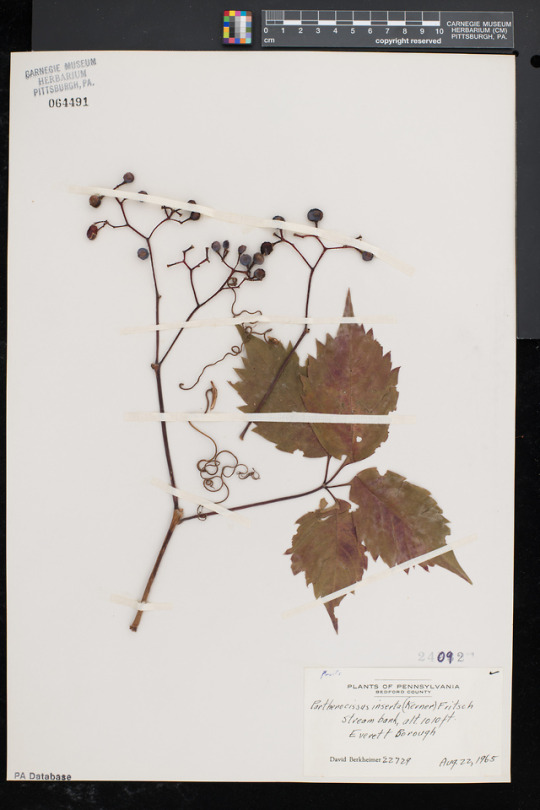
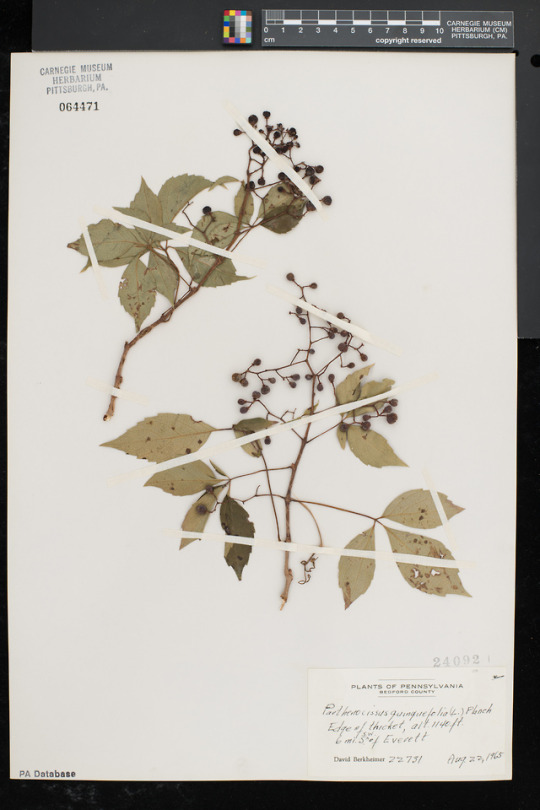
Check out these two species, both collected at the same site on August 22, 1965 by David Berkheimer in Everett Borough (Bedford county), Pennsylvania.
With its distinctive hand-like leaves, Virginia creeper (Parthenocissus quinquefolia) is fairly well known, or at least familiar by look to many. It is a woody vine in the grape plant family (Vitaceae), common to forests, forest edges, and urban areas across eastern North America. It is one of those ubiquitous but overlooked plants. The species is just about everywhere, climbing high up trees. But upon closer look, there are two similar looking species in Pennsylvania. Although less commonly recognized (though not all that uncommon to find!), thicket creeper (Parthenocissus inserta) looks very similar. (Note: there is some confusion, with some botanists calling this species P. vitacea, but either way, there are definitely two species here).
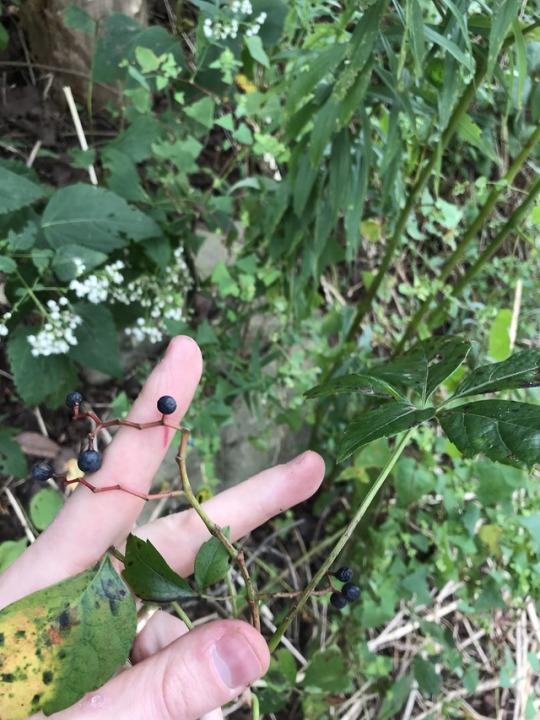
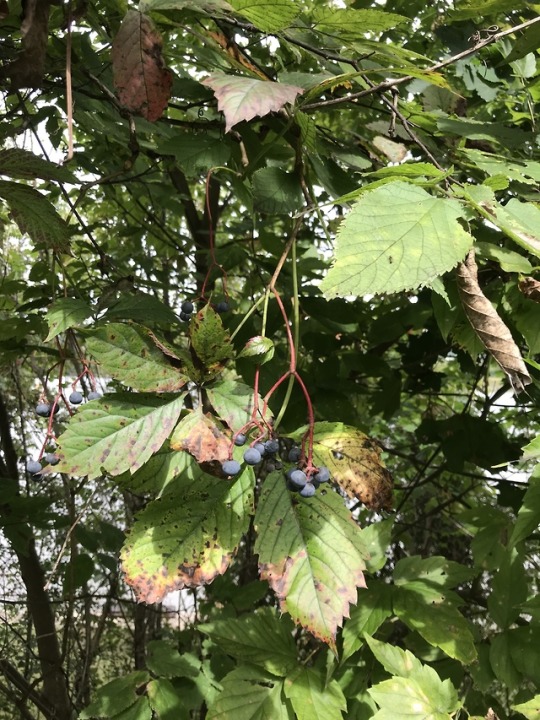
So what’s the difference? There are two easy ways to tell the difference. First, the species have differences in their tendrils (the structures that wrap around branches, attaching the vine to the tree it is climbing). Virginia creeper has clear adhesive, swollen disks where the tendrils attach to the tree. In contrast, thicket creeper does not have these. (But to confuse you, they rarely do). Second, the flowering/fruiting structures are different. Thicket creeper has branching inflorescences (stem structure with flowers/fruits), often in two main axes, with noticeably larger berries than Virginia creeper. Virginia creeper has an inflorescence that branches, often in zig-zag, random looking pattern, but most importantly – with a clear central axis.
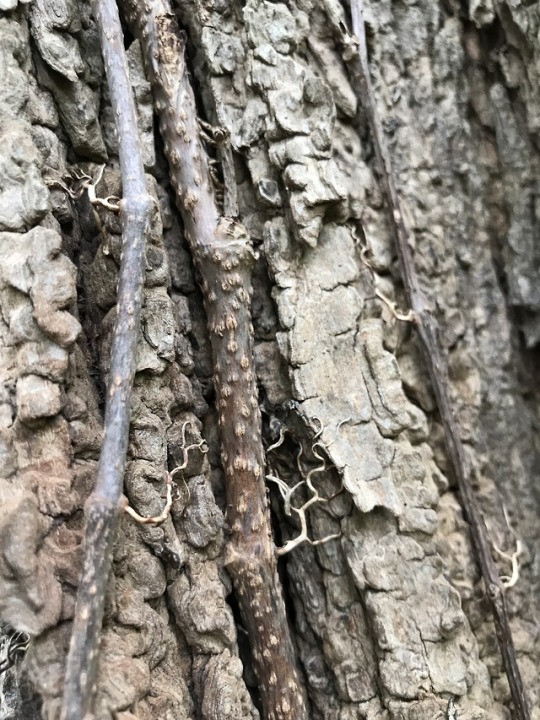
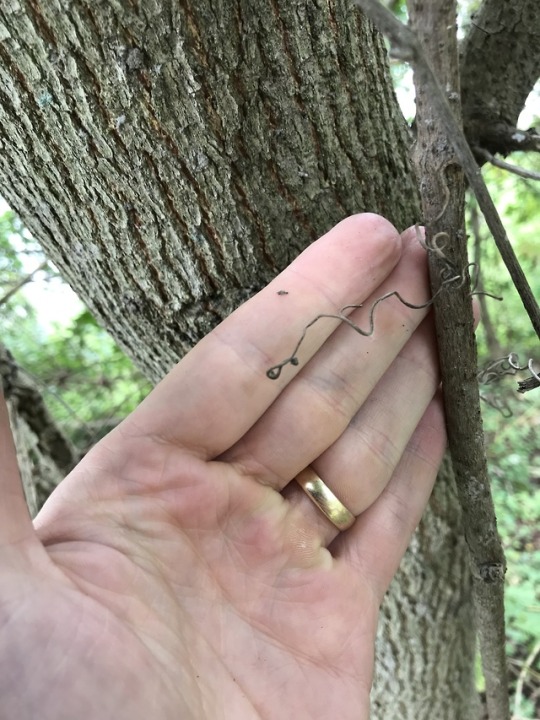
A couple years ago, I was confident I could pick Virginia creeper out of a line up. But I must admit, I didn’t even know until last year there was another species that looked like Virginia creeper. It was a mind-blowing moment, and pretty much dropped everything to go exploring for the two species. I’m always curious every time I see these vines to figure out which species it is. It turns out, thicket creeper is more common than I thought around Pittsburgh, especially along the rivers.
And keep an eye out for these species this fall, when they have developed fruits to easily tell them apart. And on top of that, they have some of the most bright red, beautiful foliage of any plant in our area!
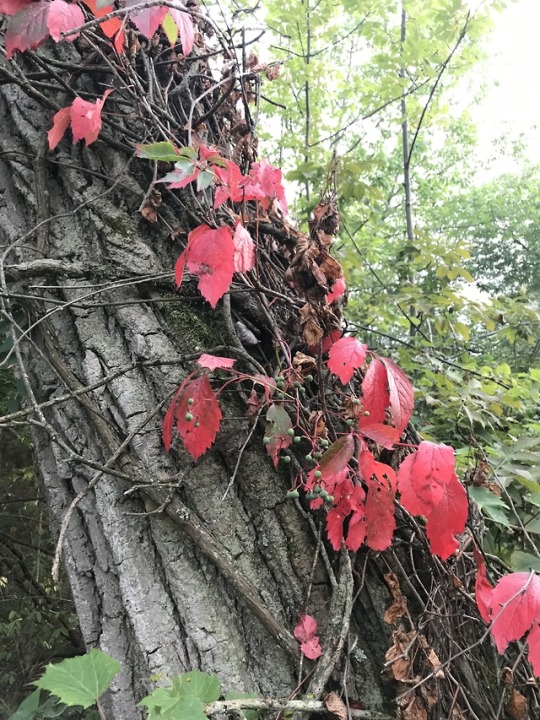
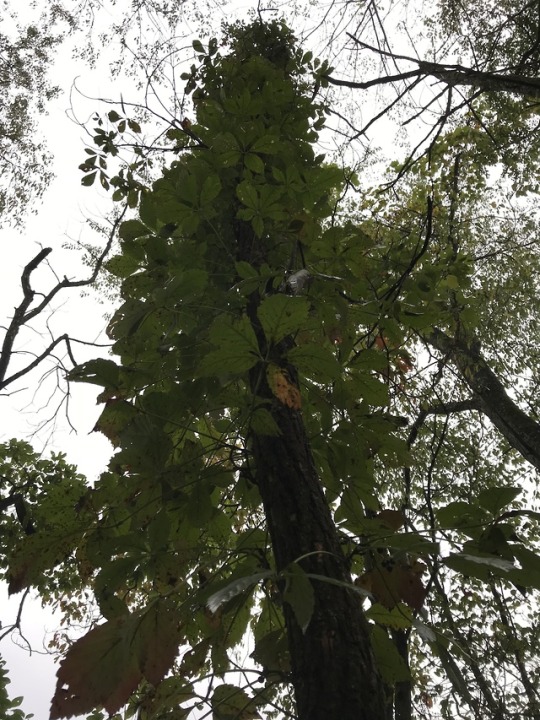
Check out these specimens (and more!) here.
Check back for more! Botanists at the Carnegie Museum of Natural History share digital specimens from the herbarium on dates they were collected. They are in the midst of a three-year project to digitize nearly 190,000 plant specimens collected in the region, making images and other data publicly available online. This effort is part of the Mid-Atlantic Megalopolis Project (mamdigitization.org), a network of thirteen herbaria spanning the densely populated urban corridor from Washington, D.C. to New York City to achieve a greater understanding of our urban areas, including the unique industrial and environmental history of the greater Pittsburgh region. This project is made possible by the National Science Foundation under grant no. 1801022.
Mason Heberling is Assistant Curator of Botany at the Carnegie Museum of Natural History. Museum employees are encouraged to blog about their unique experiences and knowledge gained from working at the museum.
